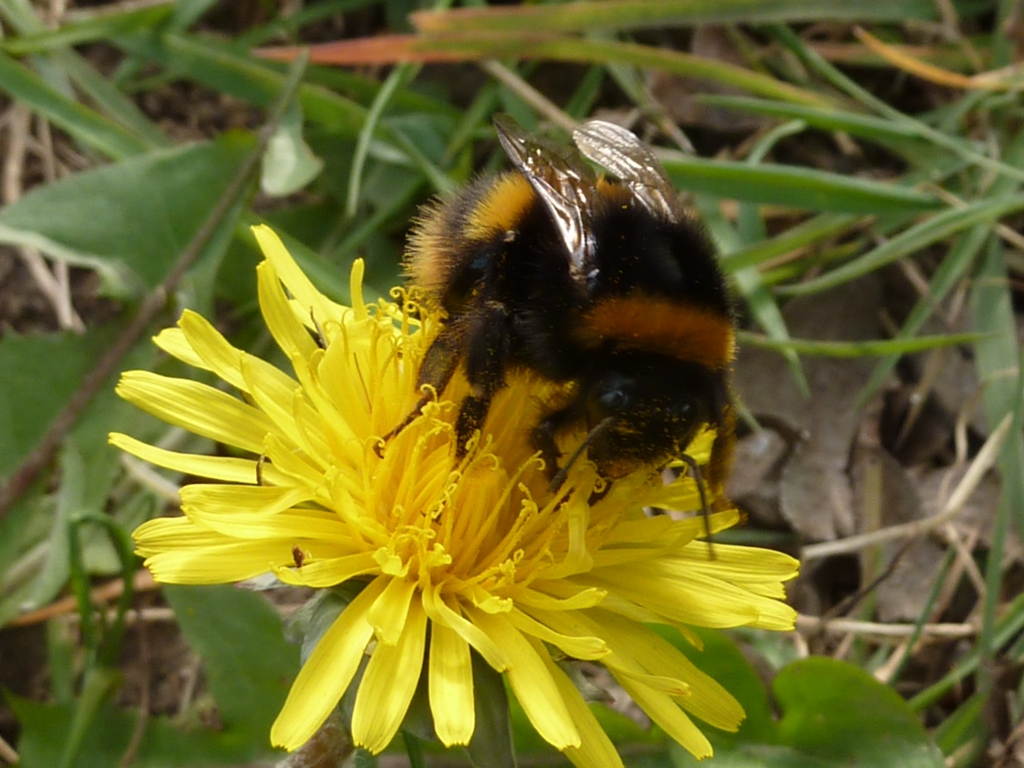Below a table of all the Native Plant Families I hope to write about in the coming future and links on all those families already covered. This will also be displayed on one of my pages, as it gets easily lost in between my posts!
The reasons for doing my blog is also best explained in these earlier posts:
Introduction to my ‘Wonderful Weed Weekly’ blog
My dream for an Ethnobotanical Garden in the British Isles
Here you can find my page that goes through the classification of all the Vascular plants based on Clive Stace’s New Flora of the British Isles 3rd Edition. I am still in the process of updating it to the latest 4th Edition.
Continue reading “Index of Native Plant Families”








